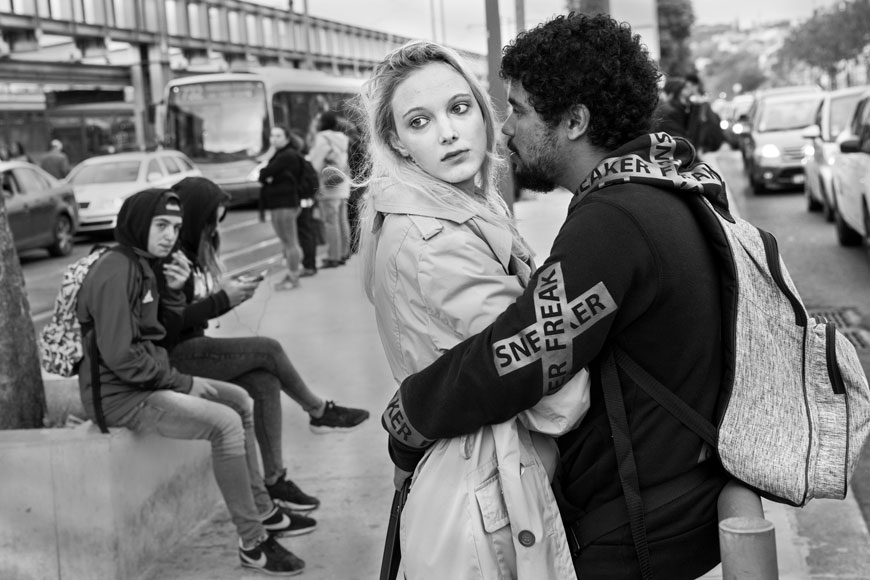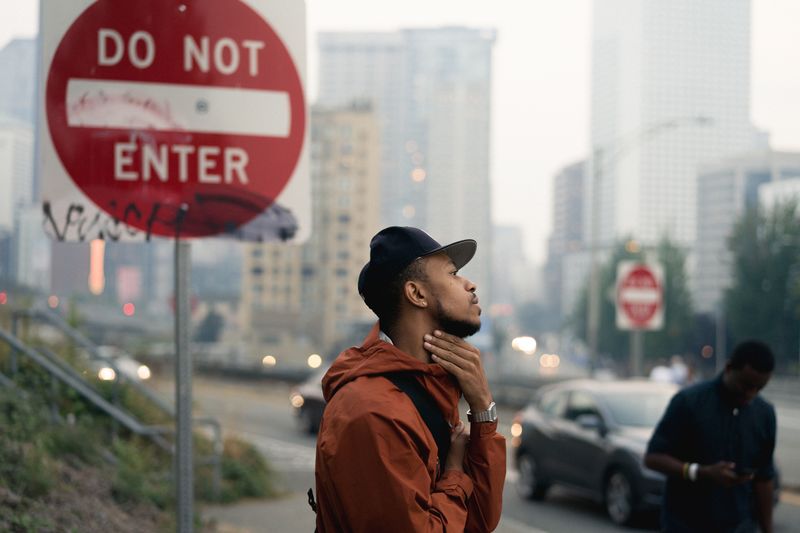Not known Facts About Street Photographers
Table of ContentsOur Street Photographers Diaries9 Simple Techniques For Street PhotographersNot known Factual Statements About Street Photographers The Best Strategy To Use For Street PhotographersThe Ultimate Guide To Street Photographers
Street photographers do not always have a social function in mind, but they like to separate and capture minutes which could or else go unnoticed.Though he was influenced by most of those that influenced the road professional photographers of the 1950s and '60s, he was not primarily interested in capturing the spirit of the road. The impulse to aesthetically document individuals in public started with 19th-century painters such as Edgar Degas, douard Manet, and Henri de Toulouse-Lautrec, who functioned side by side with photographers attempting to record the essence of urban life.
Due to the fairly primitive technology offered to him and the lengthy exposure time called for, he battled to record the hustle and bustle of the Paris streets. He try out a series of photo techniques, attempting to discover one that would permit him to record movement without a blur, and he located some success with the calotype, patented in 1841 by William Henry Fox Talbot. Unlike Atget, photographer Charles Marville was employed by the city of Paris to develop an encyclopaedic paper of Haussmann's urban preparation project as it unfolded, thus old and new Paris. While the digital photographers' topic was basically the exact same, the results were markedly different, demonstrating the effect of the professional photographer's intent on the personality of the photos he generated.
Rumored Buzz on Street Photographers
Provided the great top quality of his photographs and the breadth of material, engineers and musicians commonly bought Atget's prints to use as recommendation for their own job, though business interests were barely his main motivation. Instead, he was driven to photo every last remnant of the Paris he enjoyed.

Unlike his peers, Brassa used a larger-format Voigtlnder electronic camera with a much longer direct exposure time, forcing him to be a lot more calculated and thoughtful in his method than he may have been if making use of a Leica. (It is assumed that he might not have been able to pay for a Leica during that time, however he did, nevertheless, Visit Your URL use one in the late 1950s to take colour photos.) Brassa's pictures of the Paris abyss lit up by artificial light were a discovery, and the collection of the collection that he released, (1933 ), was a major success.

The smart Trick of Street Photographers That Nobody is Talking About
It is as a result of this essential understanding of the art of photo taking that he is typically credited with uncovering the medium around once more roughly a century given that its development. He took photos for greater than a half century and affected generations of digital photographers to trust their eye and instinct in the minute.
These are the questions I shall try to respond to: And after that I'll leave you with my own definition of road photography. Yes, we do. Let's kick off with specifying what a definition is: According to it is: "The act of defining, or of making something precise, distinct, or clear".
No, absolutely not. The term is both limiting and misleading. Appears like a road digital photography should be images of a streets right?! And all street digital photographers, besides a handful of outright beginners, will completely value that a road is not the key part to road photography, and actually if it's an image of a road with perhaps a few dull people doing nothing of interest, that's not road photography that's a photo of a street.
Street Photographers for Beginners
He makes a valid factor do not you believe? While I concur with him I'm not certain "honest public photography" will useful source certainly capture on (although I do kind of like the term "honest photography") because "street digital photography" has been around for a lengthy time, with many masters' names connected to it, so I believe the term is right here to stay. Street Photographers.
You can shoot at the coastline, at an event, in an alley, in a park, in a piazza, in a cafe, at a gallery or art gallery, in a metro terminal, at an event, on a bridge, under a bridge ...
What Does Street Photographers Mean?
Yes, I'm afraid we terrified no choice! Without policies we can not have a meaning, and without a definition we do not have a category, and without a genre we don't have anything to specify what we do, and so we are stuck in a "guidelines meaning page category" loop! - Street Photographers
